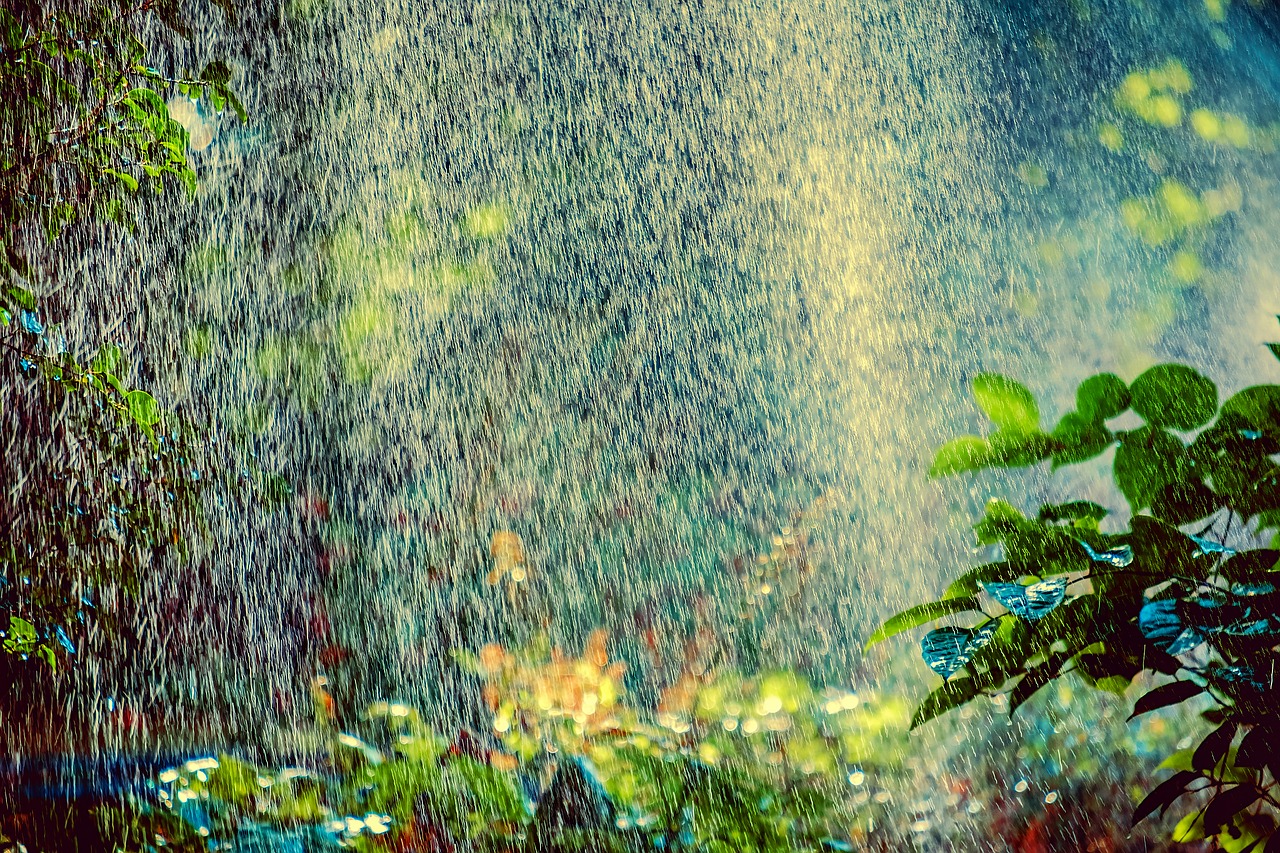It’s important to learn how does water get to plants in a greenhouse via irrigation and ebb and flood systems. After all, water is a limiting factor in photosynthesis, and failure to provide it in the ideal amounts will affect your plants’ growth and health. The availability of water in the greenhouse is very crucial to its effectiveness in supporting your plants without limitation.
Many variables can influence your water usage in the greenhouse. Depending on your area, you might have laws and restrictions to consider. The University of Massachusetts Amherst also mentioned how drought conditions are part of potential limitations that greenhouse owners should keep in mind.

Nonetheless, this article should help you quickly know how water gets to your plants in the greenhouse. You can then use the information as a guide to planning your greenhouse better and achieve a productive garden without drawbacks related to watering.
How Does Water Get To Plants In A Greenhouse: Two Common Ways
Irrigation systems
The most common way to get water in the greenhouse is by irrigation systems. Generally speaking, you can classify them into drip irrigation, water trays and saucers, and zero runoff or sub-irrigation. Suppose you’re choosing an irrigation system for the greenhouse, what is the best one?
The UMass Center for Agriculture, Food and the Environment recommends drip and sub-irrigation systems because of the control you have with the amount of water you can apply.
Drip vs subirrigation
You won’t end up with wet foliage that can cause diseases and damages compared to using overhead sprinklers or improper hand watering with these systems. On the other hand, an overhead sprinkler system doesn’t provide water to the soil well, and only 20% reaches it. If you want to be efficient and also conserve water, an in-pot drip system will get all the water to the soil.
You can even regulate the amount of water with a timer and flow gauge to ensure that the plants get their recommended water amounts. But what about sub-irrigation? Sub-irrigation is a good substitute for hand-watering, and it can be as simple as using capillary mats.
Put them under your plant containers, which have drip holes that will take the water back to the plant roots. This concept is a useful solution for overwatering and even reduces evaporation, common causes of fungal diseases, and rot.
Ebb and flood systems
Speaking of conservation, an effective way to do so and bring water to the greenhouse plants is via ebb and flood systems. Water gets to each table via an inlet, and each table also has a hole to let water flow at a rate less than the fill. This way, the water can flow to the drainage to recirculate in the greenhouse, similar to how a flood floor collects water and reuse it for other drip lines.
You might also have heard of the phrases, ebb and flow or flood and drain, and you can interchange them with ebb and flood systems. The concept is simple, and it is letting the water flow to your growing areas and letting it drain back to the reservoir. Hence the names, flood, and flow.
What To Consider When Watering In The Greenhouse
Season
The season, including the temperatures and light levels, will dictate watering in the greenhouse. For example, hotter days can quickly dry out the soil compared to rainy and cloudy days. This is why when the temperature and conditions are cold and wet; you want to water in the day, so the plants are dry in the evening and avoid mildew.
Another good tip is when the season has the sun out long, and then the plants need more water. On the contrary, you might not even need to water or irrigate in the winter.
When to water
Besides the season, knowing when to water using signs are crucial to prevent over- or under-watering. The easiest way to tell that you need to water is when the medium surface looks lighter than its usual color. To further make sure, you should squeeze some of the soil or medium, and if it crumbles or feels dry, then it’s a good signal.
How much water is need
Every plant has its own watering needs, and some will even show signs of dehydration. In the greenhouse, you can also apply low volumes of water at intervals to prevent flooding the medium. Otherwise, it’s also common to saturate the medium and then let it do the work as it retains moisture.
Either technique requires the medium to dry out between waterings completely. Just remember that you should always be diligent and observant as some plants may dry out faster while some may get saturated.
Conclusion
The greenhouse makes it easy for gardeners to provide the ideal growing conditions and plants’ requirements regardless of location. However, this makes you wonder, how does water get to plants in a greenhouse? Irrigation systems and ebb and flood systems are the two most common ways to water your plants indoors.
Both are generally efficient and allow conservation that can prevent problems compared to traditional watering methods. But whichever system you choose, remember to consider the season, when to water, and how much water your plants need. This way, you can prevent problems with watering and experience no drawbacks in plant production.
